We may receive a commission when you use our affiliate links. However, this does not impact our recommendations.
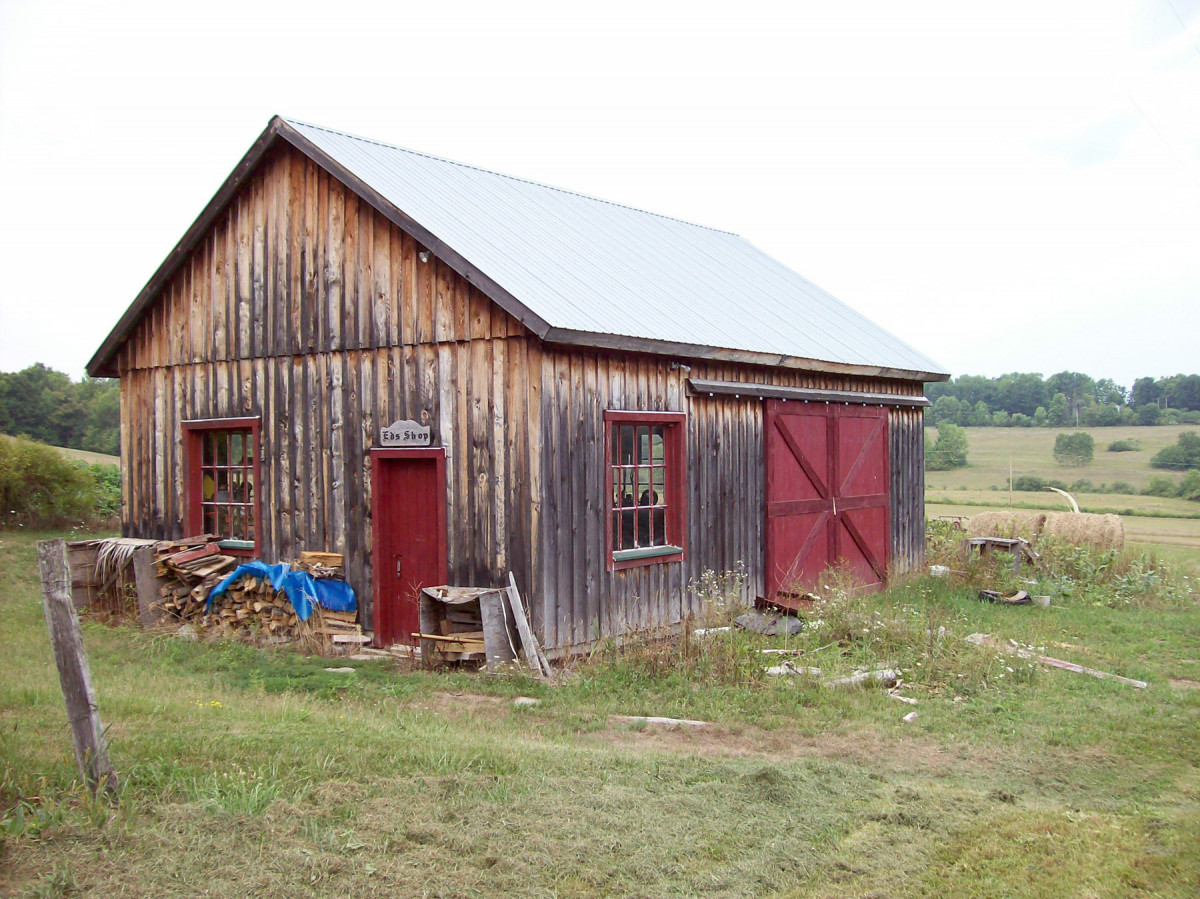
Having been a woodworker for well over fifty years, I knew what I wanted in a shop: an ample assembly area with plenty of natural light and my tools close at hand.
As I live on a small farm, my shop also had to provide room to work on my farm equipment and allow occasional welding and metal fabricating. But beyond its functionality, I wanted my shop to feel more like a favorite tool than a building.
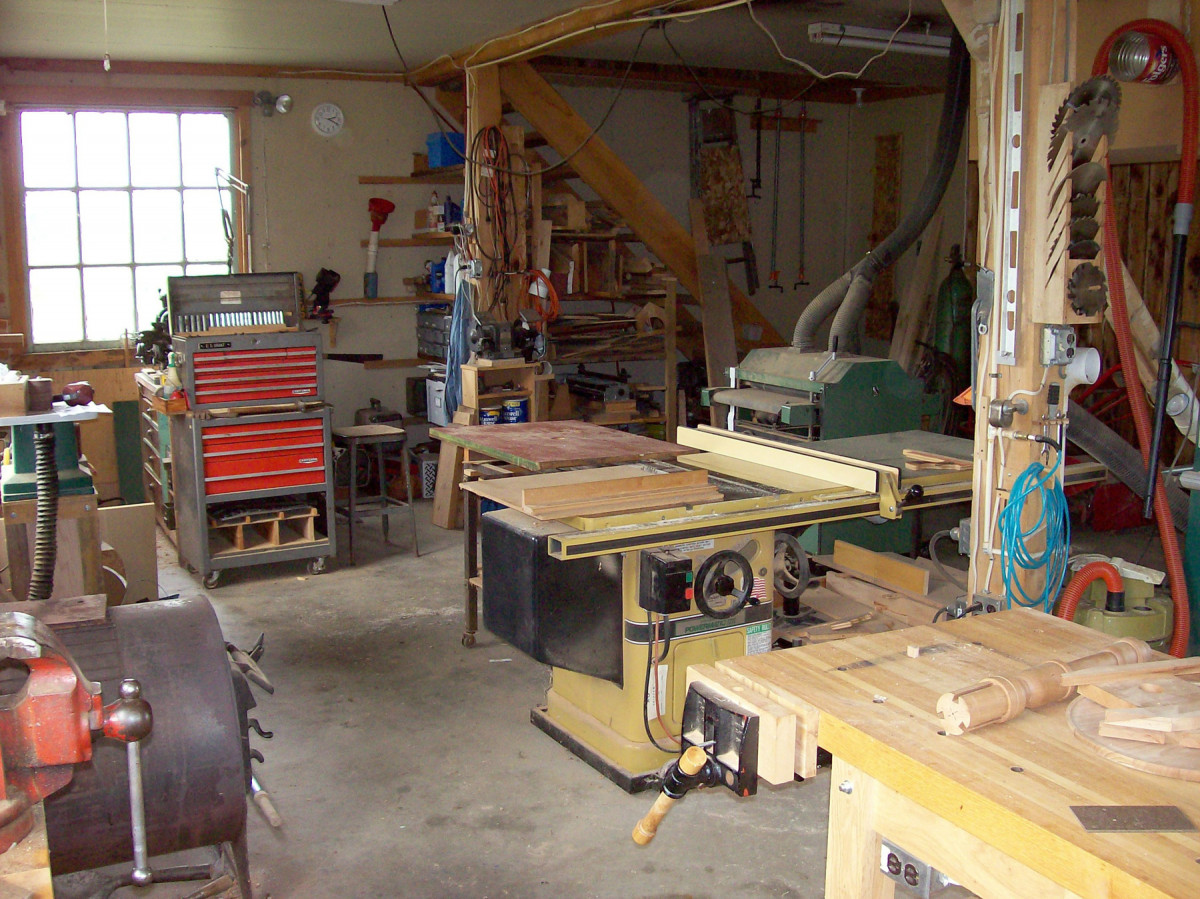 My shop is constructed of native rough-cut lumber, much of which came from my own 55-acre farm. Its board and batten style exterior is topped with a metal roof. Wooden sliding doors provide easy access, and five wooden-frame windows that were reclaimed from an old school building bathe the main shop area with light. This main area measures 720 sq. ft. and is complemented by a 9 ft. ceiling. I use the ventilated attic space above the main shop primarily for drying lumber.
My shop is constructed of native rough-cut lumber, much of which came from my own 55-acre farm. Its board and batten style exterior is topped with a metal roof. Wooden sliding doors provide easy access, and five wooden-frame windows that were reclaimed from an old school building bathe the main shop area with light. This main area measures 720 sq. ft. and is complemented by a 9 ft. ceiling. I use the ventilated attic space above the main shop primarily for drying lumber.
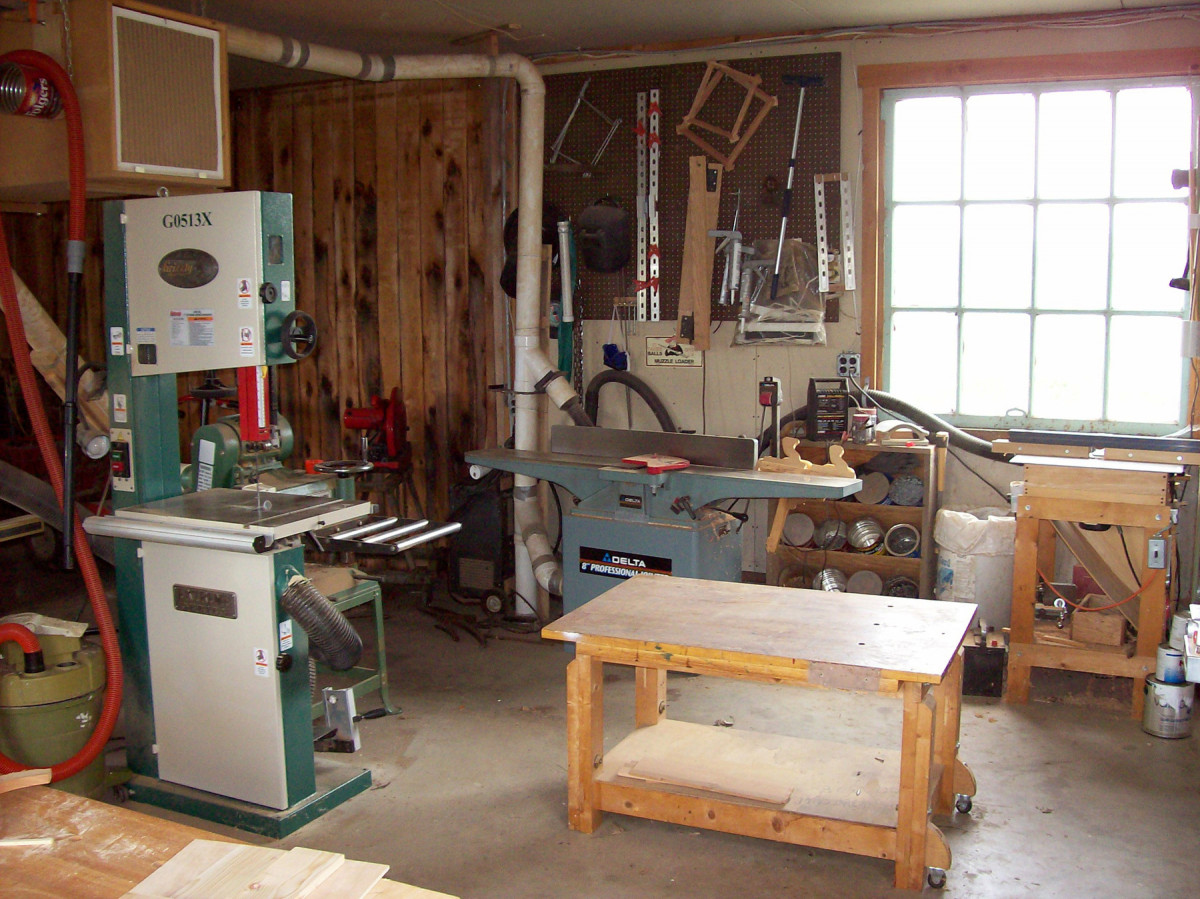 I build most of my furniture projects from local woods, some of which I harvest right here on the farm. I send the lumber to the local sawmill and then stick it in the attic above the shop. Depending on the species and board thickness, it takes one or two years to dry to an acceptable moisture level.
I build most of my furniture projects from local woods, some of which I harvest right here on the farm. I send the lumber to the local sawmill and then stick it in the attic above the shop. Depending on the species and board thickness, it takes one or two years to dry to an acceptable moisture level.
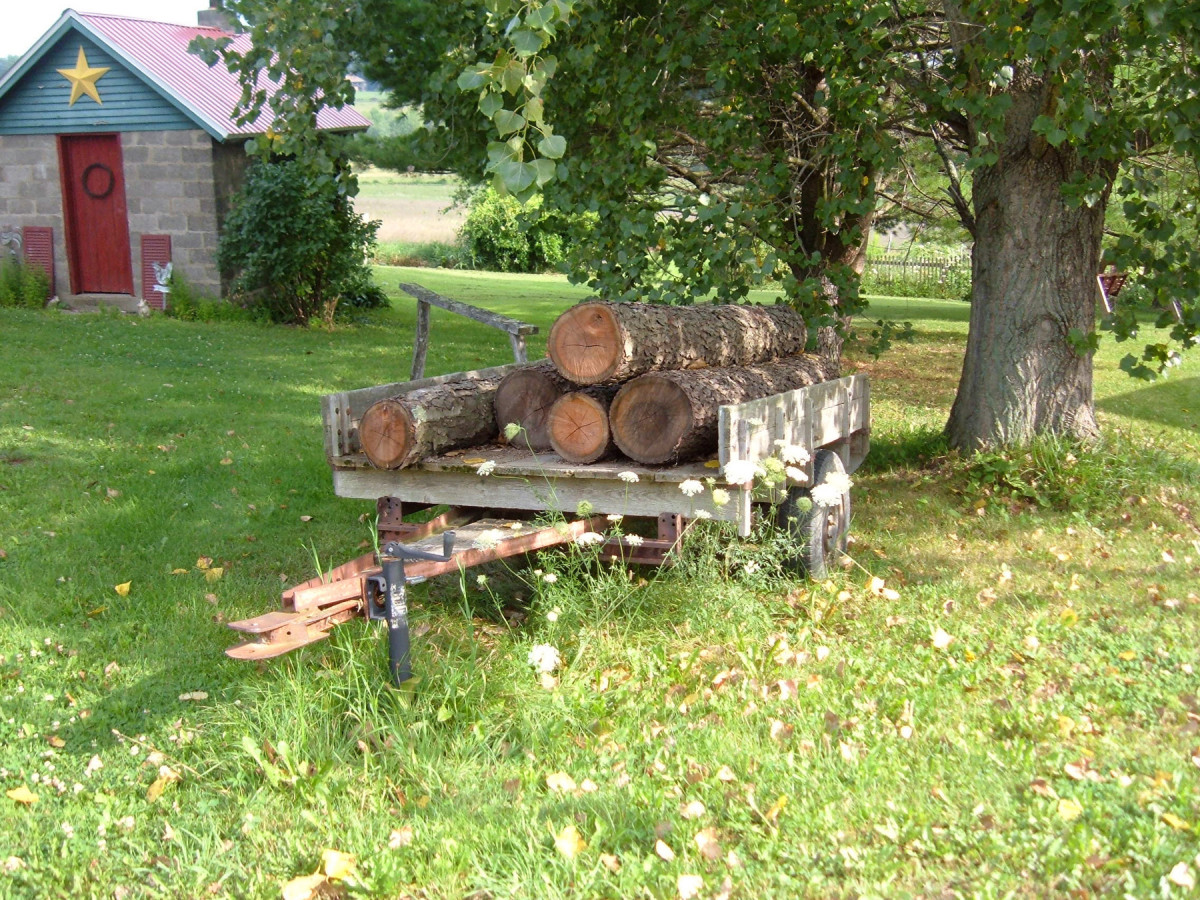 My main shop area has an imaginary divider down the middle. I do most of my woodworking in the half where the workbenches are located. All of the machines are stationary in this area. In the other half, in front of the sliding doors, the machines are on mobile bases, so I can move them out of the way to work on my farm equipment.
My main shop area has an imaginary divider down the middle. I do most of my woodworking in the half where the workbenches are located. All of the machines are stationary in this area. In the other half, in front of the sliding doors, the machines are on mobile bases, so I can move them out of the way to work on my farm equipment.
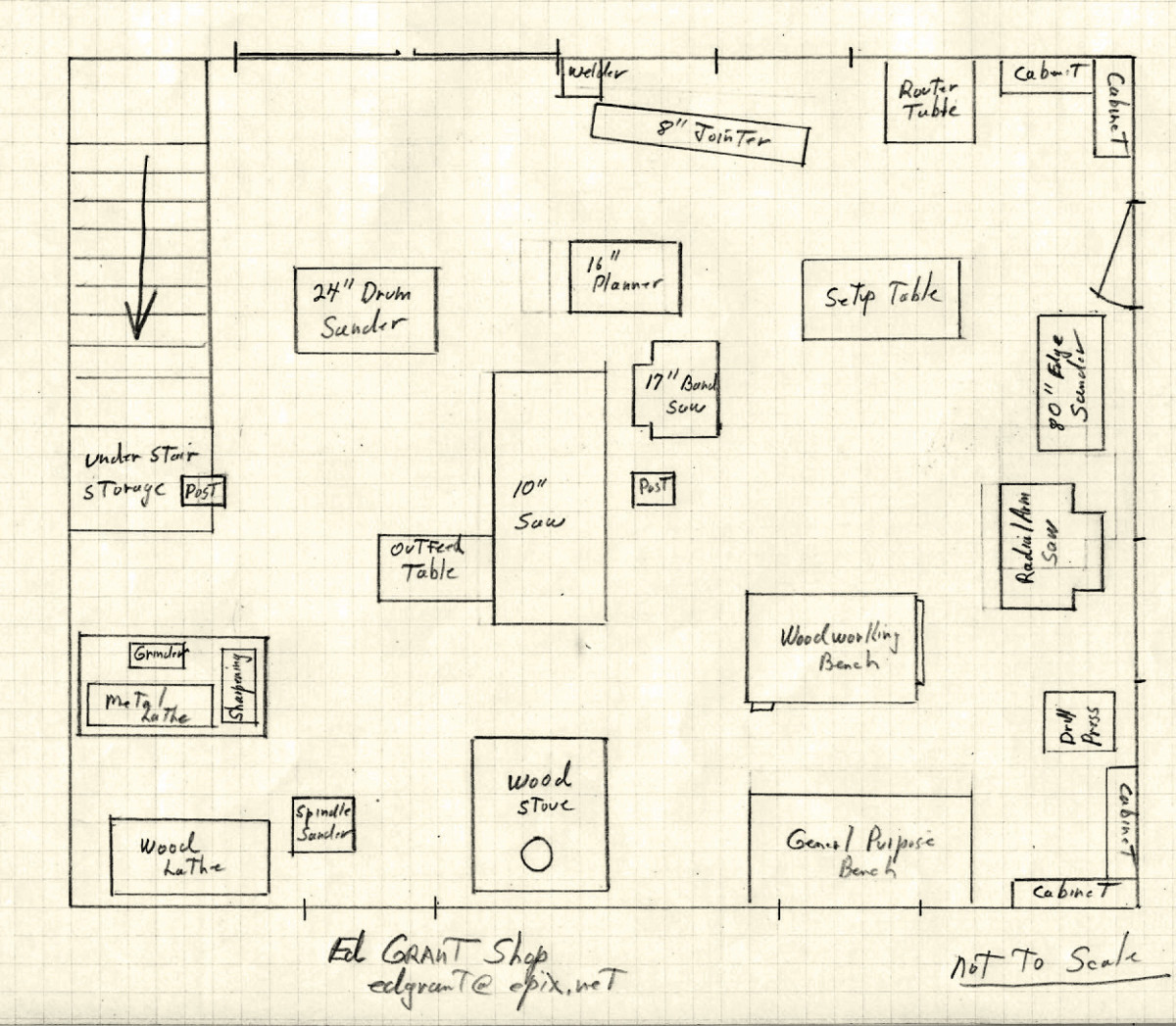 I use two workbenches for woodworking. One bench has two woodworking vises, but no tool tray, so I can keep it clutter-free. The second bench has ten large drawers. It keeps my tools close at hand and works great when I need a second work surface. I also have a third adjustable-height bench that I use for planing and jointing.
I use two workbenches for woodworking. One bench has two woodworking vises, but no tool tray, so I can keep it clutter-free. The second bench has ten large drawers. It keeps my tools close at hand and works great when I need a second work surface. I also have a third adjustable-height bench that I use for planing and jointing.
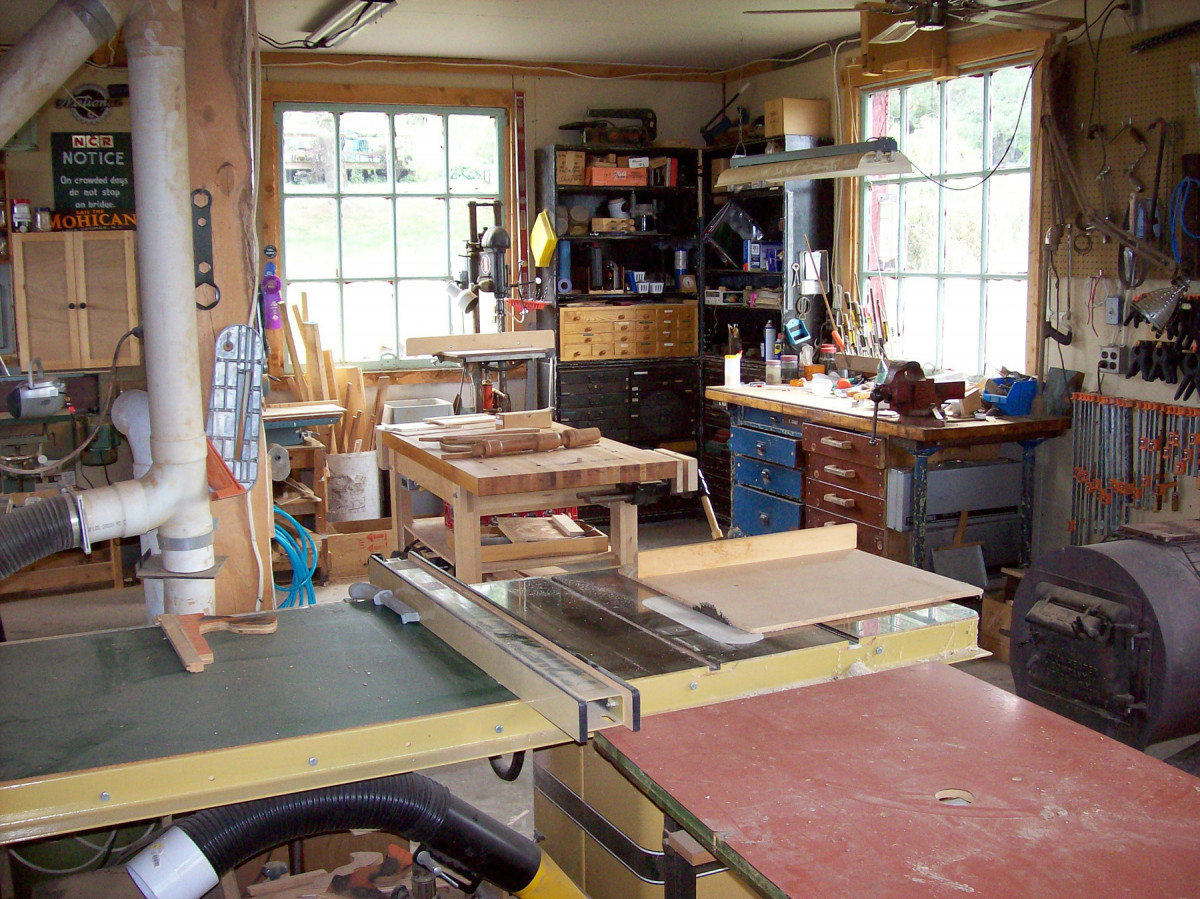 The blower for my dust collection system is located in the attic. It deposits sawdust directly into a small, specially-built trailer that’s located outside the shop. When the trailer is full, I transport it to the barn, where I use the sawdust for animal bedding. –Ed Grant
The blower for my dust collection system is located in the attic. It deposits sawdust directly into a small, specially-built trailer that’s located outside the shop. When the trailer is full, I transport it to the barn, where I use the sawdust for animal bedding. –Ed Grant
Here are some supplies and tools we find essential in our everyday work around the shop. We may receive a commission from sales referred by our links; however, we have carefully selected these products for their usefulness and quality.









Really nice,
Unfortunately I work on my balcony